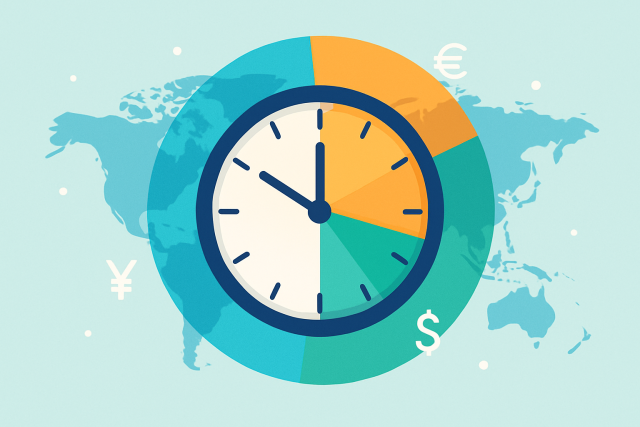
Forex Time Zone Trading Sessions Explained
Unlock the secrets of forex time zones and trading sessions to enhance your global trading strategy....
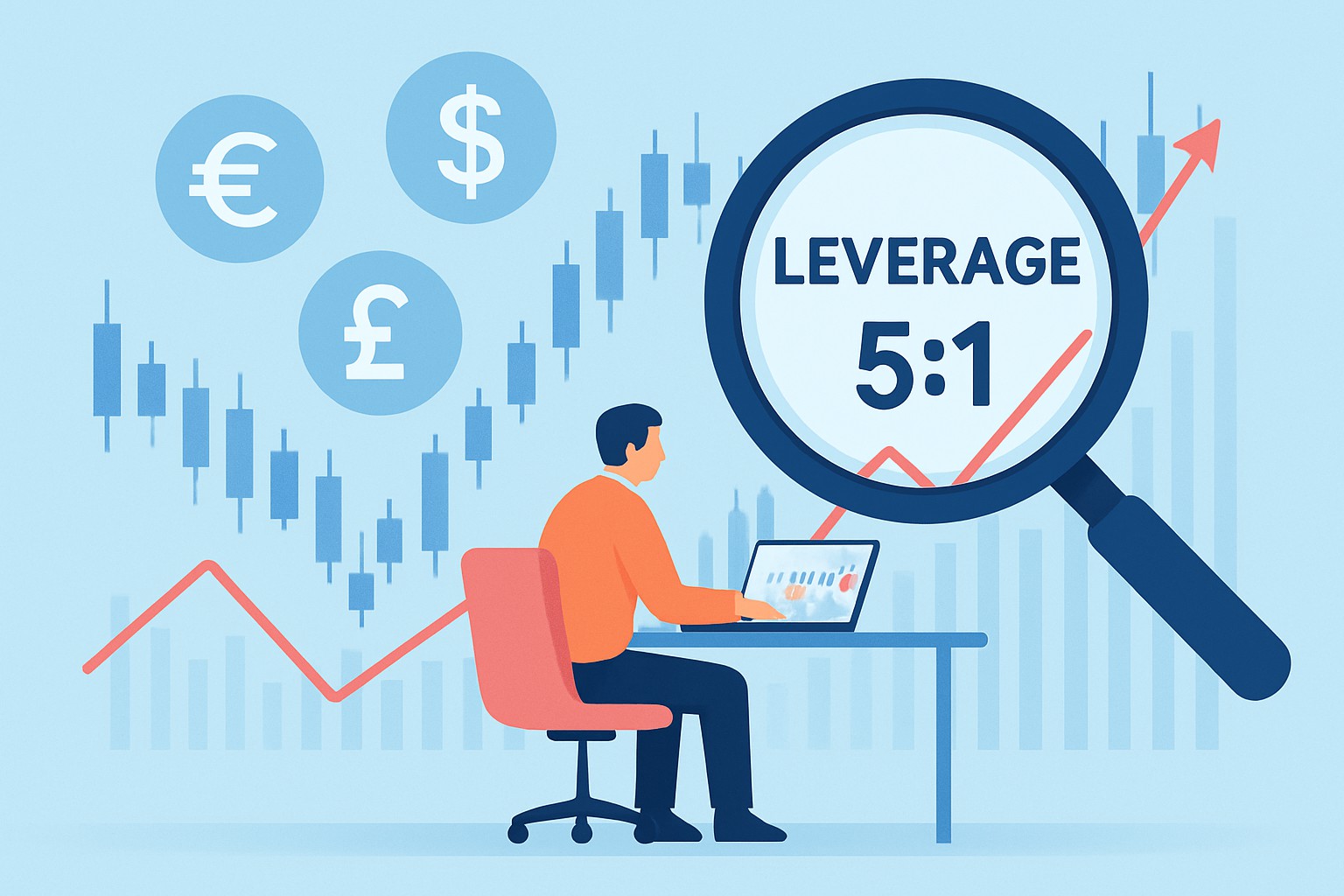
Leverage in forex trading is a handy tool that lets traders control larger positions than their own capital would normally stretch to. It can boost potential profits but also increases the risk of losses so it’s a double-edged sword. Getting a solid grip on how leverage works and on its perks and pitfalls is absolutely key for anyone looking to navigate forex trading without stepping on a landmine.
Forex trading leverage means borrowing money from your broker to pump up the size of your trade well beyond the cash sitting in your account. Think of it like using a lever to lift a heavy load. A small push ends up moving a much bigger weight.
Leverage lets traders put up a small slice of their capital as collateral called margin to open a much bigger trading position. By borrowing funds from the broker it cranks up buying power and can magnify both wins and losses in the forex market.
A margin amount is put up as collateral in their trading account.
Offers leverage that allows the trader to control a much larger position than their initial margin suggests.
Using this leverage, the trader can open positions several times bigger than the margin they deposited. This amplifies both opportunity and risk.
Profits and losses are calculated on the full position size, not just the margin amount.
If losses exceed the margin, margin calls or stop-outs may kick in to keep both the trader and broker safe from bigger trouble.
| Leverage Ratio | Margin Required (for $10,000 position) | Position Size Controlled | Potential Risk/Reward Magnification |
|---|---|---|---|
| 10:1 | $1,000 | $10,000 | 10 times |
| 50:1 | $200 | $10,000 | 50 times |
| 100:1 | $100 | $10,000 | 100 times |
| 200:1 | $50 | $10,000 | 200 times |
| 500:1 | $20 | $10,000 | 500 times |
Note: Cranking up the leverage dial means you need less margin upfront, but just a heads-up — it also ramps up the chance of quick losses or those dreaded margin calls. Trading with high leverage is like walking a tightrope; exciting but requires a steady hand.
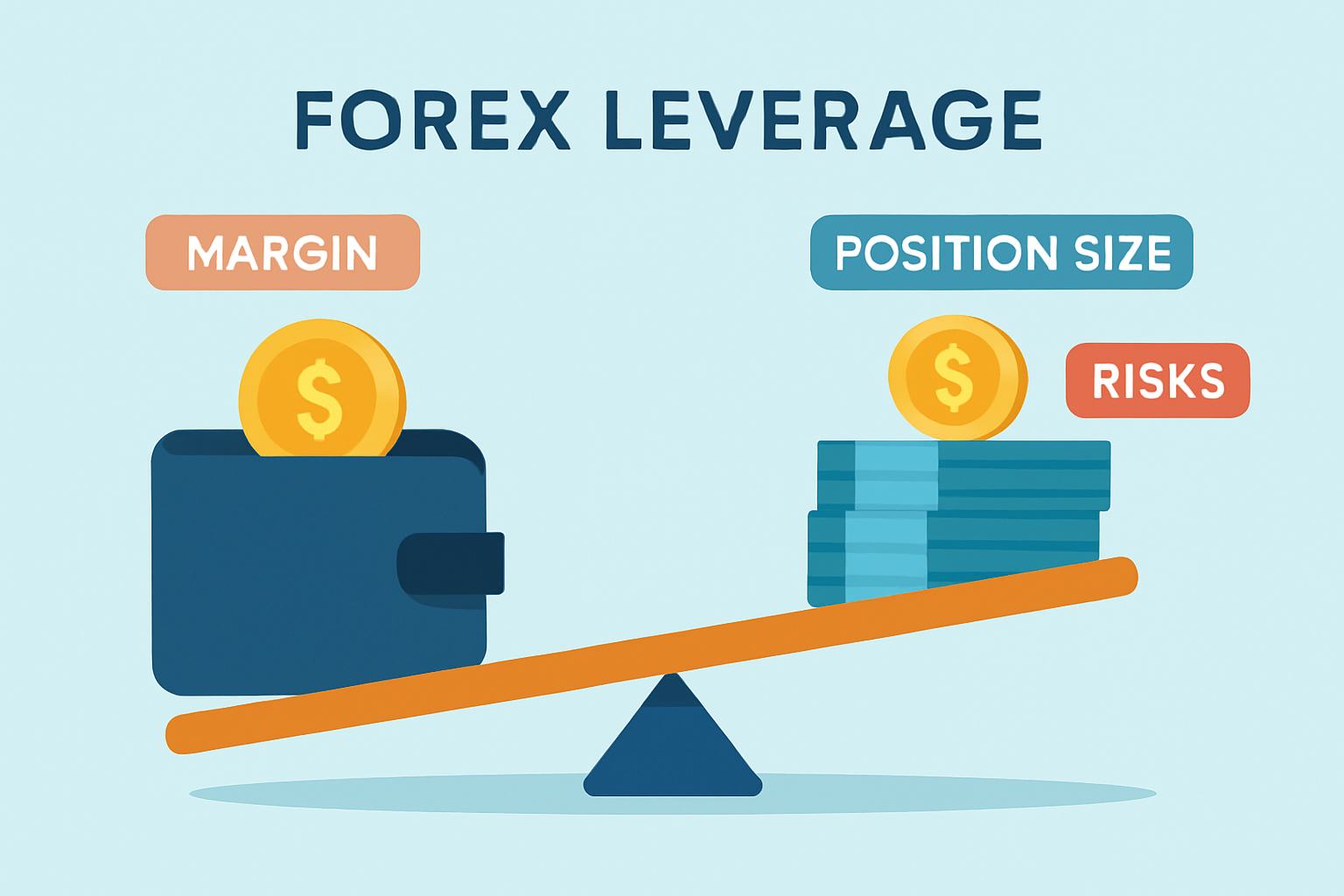
Visual explaining the relationship between margin, leverage ratios, and position sizes in forex trading.
Leverage in forex trading lets you control a much larger position than your actual capital would normally allow which can be quite thrilling for traders looking to punch above their weight. It’s a way to make your money work harder for you, providing amplified exposure to market movements without needing to have hefty cash reserves upfront. Of course, it’s not without risks, but the appeal is undeniable. Many traders find that with the right strategy, applying leverage unlocks opportunities to capitalize on smaller market shifts that might go unnoticed otherwise, making trading feel a bit more dynamic and engaging. Just remember, a little goes a long way and a sprinkle of caution never hurts.
Leverage hands forex traders a neat little edge by letting them open bigger trades without locking up a ton of capital upfront.
Leverage can really crank up your profits but it’s a double-edged sword since it ramps up losses just as much. Using high leverage tends to dial up the risk of margin calls and those dreaded forced position liquidations whenever the market decides to throw a curveball at you.
"Leverage can be a real double-edged sword—it gives you a powerful way to sway the market in your favor, but if you’re not careful, it can quickly take a toll on your capital. Think of it like handling fire: respect it, stay cautious, and you’ll protect your trading journey from unnecessary burns."
Many new traders often get the wrong end of the stick about leverage, sometimes assuming it’s a magic ticket to easy profits or that it’s way too complex for beginners to wrap their heads around. It’s important to bust these myths and recognize that leverage is more like a double-edged sword—it’s a tool that demands a fair share of skill and know-how to handle safely and effectively.
Sometimes, the allure of leverage in forex trading can feel like a double-edged sword—exciting yet a bit daunting. Taking a thoughtful approach means recognizing both the potential rewards and the risks, much like walking a tightrope with a safety net. In my experience, keeping a cool head and a steady hand often makes all the difference when leverage comes into play.
Using leverage responsibly all starts with getting a good grip on your own comfort with risk. It’s wise to begin with cautious leverage amounts and stick to solid risk management practices like glue. This involves knowing how to size your positions just right, setting stop-loss orders to keep surprises at bay.
Get a good handle on your risk tolerance and honestly figure out how much cash you can comfortably afford to part with because hey nobody likes losing sleep over money.
Start trading with low leverage and increase it gradually as you gain more experience. Slow and steady wins this race.
Always set stop-loss orders to keep potential losses in check on every trade. Think of it as a safety net you do not want to forget.
Don’t skip using demo accounts. They’re your playground to practice and sharpen your trading skills without risking real money.
Keep a close eye on your position sizes. Never go all in on a single trade because putting too big a chunk of your capital on the line leads straight to stress town.
Leverage limits can vary quite a bit depending on the country’s regulations and the individual broker’s policies. For example, professional traders usually enjoy the perk of higher leverage compared to retail clients.
| Regulatory Authority | Maximum Leverage Allowed | Notes |
|---|---|---|
| United States (CFTC/NFA) | 50:1 for major pairs | Retail traders usually have to play by stricter rules |
| European Union (ESMA) | 30:1 for major pairs | These limits tend to target retail traders mostly |
| Australia (ASIC) | 30:1 for major pairs | Professional clients often get to enjoy higher leverage options |
| Japan (FSA) | 25:1 overall | One of the tightest leverage caps you’ll find worldwide |
| United Kingdom (FCA) | 30:1 for major pairs | Retail traders face pretty strict regulations here |
Note: Professional clients might qualify for higher leverage, depending on the broker – so it’s worth checking.
When it comes to picking a broker for leverage in forex trading, it's smart to go with one regulated in well-regarded jurisdictions. This usually means fair leverage options and trading conditions that won't leave you scratching your head. Take brokers like Binance for example. They offer a nice mix of trading choices from leveraged futures to margin trading while sticking to the necessary regulatory playbook. On top of that, it's worth keeping an eye on trading fees, the strength of their security measures and how reliable their customer support is.
Struggling to improve your trading performance? Edgewonk's advanced analytics tools are designed to give you the edge you need.
With detailed trade journaling, robust strategy analysis, and psychological insights, you'll gain a comprehensive understanding of your strengths and weaknesses. Don't miss out on this game-changing opportunity.
Traders, it's time to elevate your game. Edgewonk is the ultimate trading journal software designed to empower you with data-driven insights and personalized strategies. Take control of your trading journey and maximize your potential.
27 articles published
With 20 years experience in commodity trading, Jasper provides insights into energy markets, precious metals, and agricultural futures with a focus on macroeconomic trends.
Read Posts
Unlock the secrets of forex time zones and trading sessions to enhance your global trading strategy....

Discover how to trade forex for beginners with easy-to-understand concepts, step-by-step guides, and...
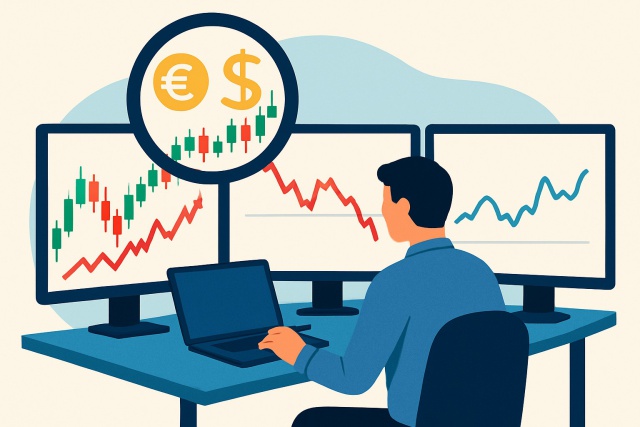
Leverage in forex lets traders control bigger positions with less capital. Learn how it works, its r...
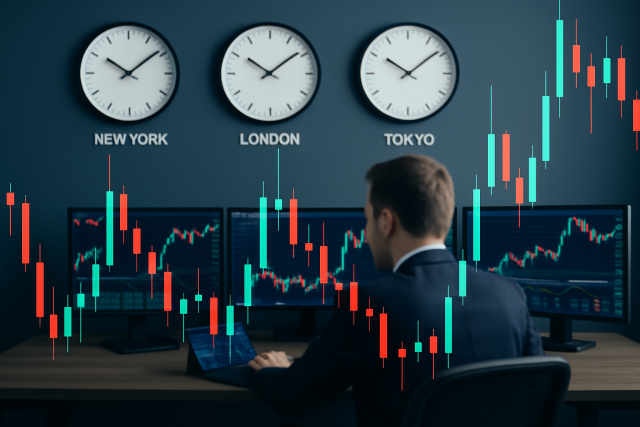
Timing is critical in Forex trading. Learn how to trade during peak market sessions and overlaps to...
